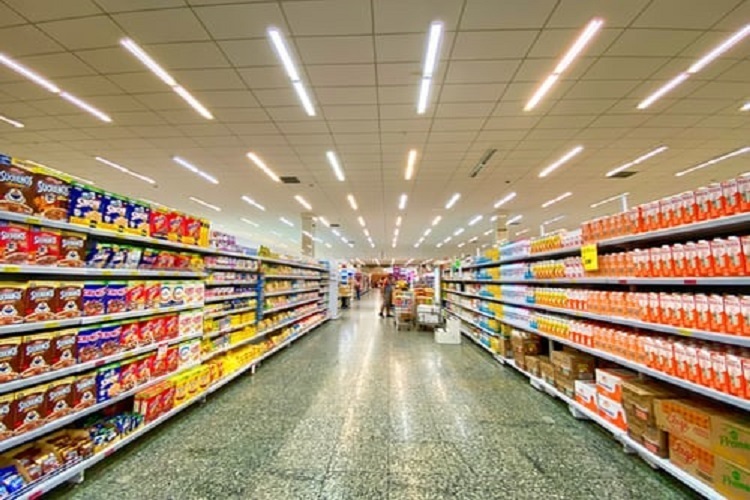Running a brick-and-mortar store comes with various operational costs. Apart from promoting your store and attracting new customers, you also need to maintain the establishment in top shape. It involves installing high-quality lighting fixtures, an HVAC system, refrigeration units, and other equipment.
That, in turn, translates to increased energy consumption and a sky-high electricity bill.
If you’re a retail store owner, chances are you’re always looking for ways to cut down operating costs. The need for cost-cutting has become particularly important due to the challenges of the COVID-19 pandemic. Shifting consumer behavior and customer preferences during the pandemic have dealt a severe blow to retailers.
If you’ve been looking for ways to reduce your retail store expenses, minimizing your energy consumption will be of great help. Apart from cost savings, it’ll also create a positive impact on your brand image. It’ll help position your brand as one that cares about the environment and the local community.
In this blog, we’ve outlined a few useful cost-saving techniques to control your retail store’s energy consumption. Let’s take a look.
Table of Contents
1. Prioritize Generator Maintenance
An uninterrupted supply of electricity is crucial for running any retail establishment. You need electricity to power lighting fixtures, heating/cooling systems, POS devices, and other equipment. Any power outage could wreak havoc on the customer experience, as well as degrade the quality of your products and raw materials.
That’s why it is important to keep a backup generator handy to deal with power outages. But lack of proper maintenance will take a toll on the performance and fuel-efficiency of your standby generator.
This, in turn, will result in increased energy consumption and costs. It is, therefore, a good idea to schedule routine maintenance of any backup generators you’re using for your store premises. If you’re unsure about how to get started with generator maintenance, you can click here to learn a few actionable tips and insights.
However, it’s always wiser to hire a professional technician who is well-versed with the internal workings of a standby generator. Apart from conducting routine maintenance, they’ll also help identify any potential problems that could cause the generator to falter.
2. Incentivize Energy-Efficient Behavior
Your employees and staff members already know that equipment, appliances, and lights should be turned off whenever they’re not in use. But chances are they won’t always follow the practice when they aren’t responsible for paying the energy bills. In such a scenario, implementing energy-saving policies on paper isn’t enough.
Instead, you need to find ways to encourage people to voluntarily embrace energy-saving practices. An easy way of doing that is to offer benefits and incentives for energy-efficient behavior.
For instance, you could create a reward points system, where every employee gets to earn a point each time they turn off lights and equipment after use. At the end of the month, they could use the points to get an extra day off or a free meal.
It’ll encourage employees to step forward and take charge of minimizing energy consumption at your retail establishment.
Also, consider installing signages reminding employees to turn off lights, appliances, and other equipment.
3. Change the Lights
Soft and warm lighting plays a key role in driving retail purchase experiences. You need top-notch lights to improve the appearance of your store and products. But using inefficient lights, such as incandescent bulbs, will result in higher energy costs.
Instead, it’s a good idea to replace your existing lighting system with the following affordable energy-efficient alternatives:
- Metal halide bulbs
- LED bulbs
- T8 fluorescent lights
Additionally, you should consider installing occupancy sensors to automatically turn off the lights when there’s no one around. Make sure you install these sensors in strategic locations, such as staff rooms, trial rooms, and washrooms.
4. Improve the HVAC System
Robust heating, ventilation, and air-conditioning (HVAC) systems are indispensable for every retail establishment. But improper maintenance of the HVAC system will escalate heating and cooling costs. That’s why, just like generator maintenance, it’s important to schedule routine clean-up and maintenance of the HVAC system.
Make sure the filters are cleaned and/or replaced (as needed). Also, check whether the condenser is in proper working condition. Additionally, it’s a good idea to install automatic or revolving doors to maintain optimal store temperature. Similarly, you should explore the possibility of turning off the HVAC system an hour before the store closes.
Reducing energy consumption for your retail store isn’t rocket science. It requires a proactive approach and a bit of foresight. Make sure all your equipment and appliances, including backup generators and the HVAC system, undergo regular maintenance. Also, use incentives and rewards to encourage store employees to adopt energy-saving practices.

